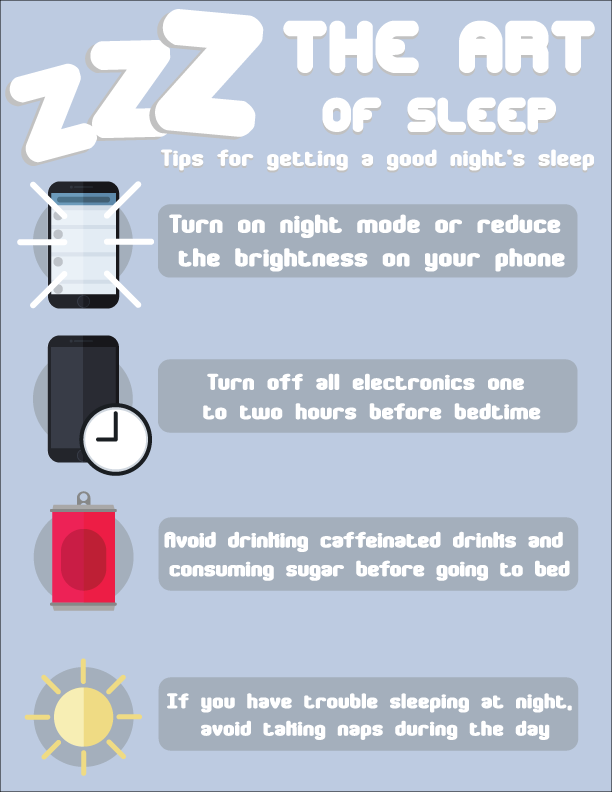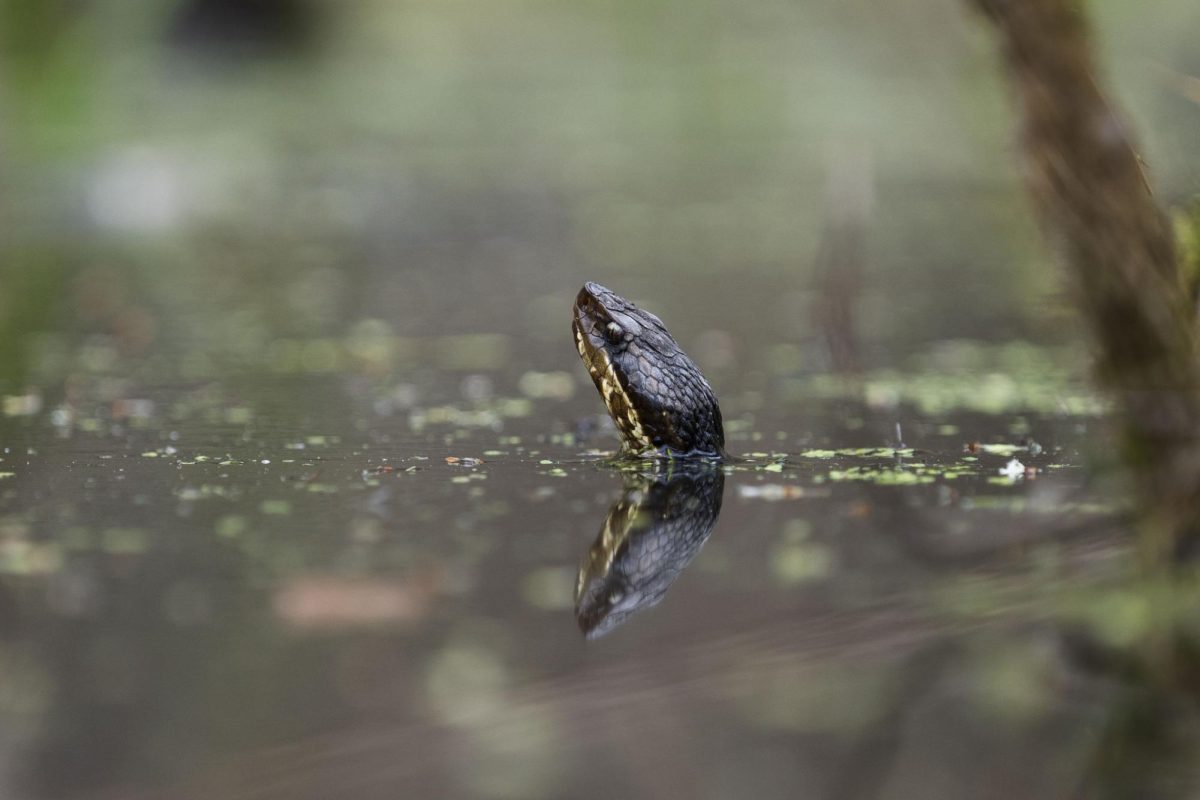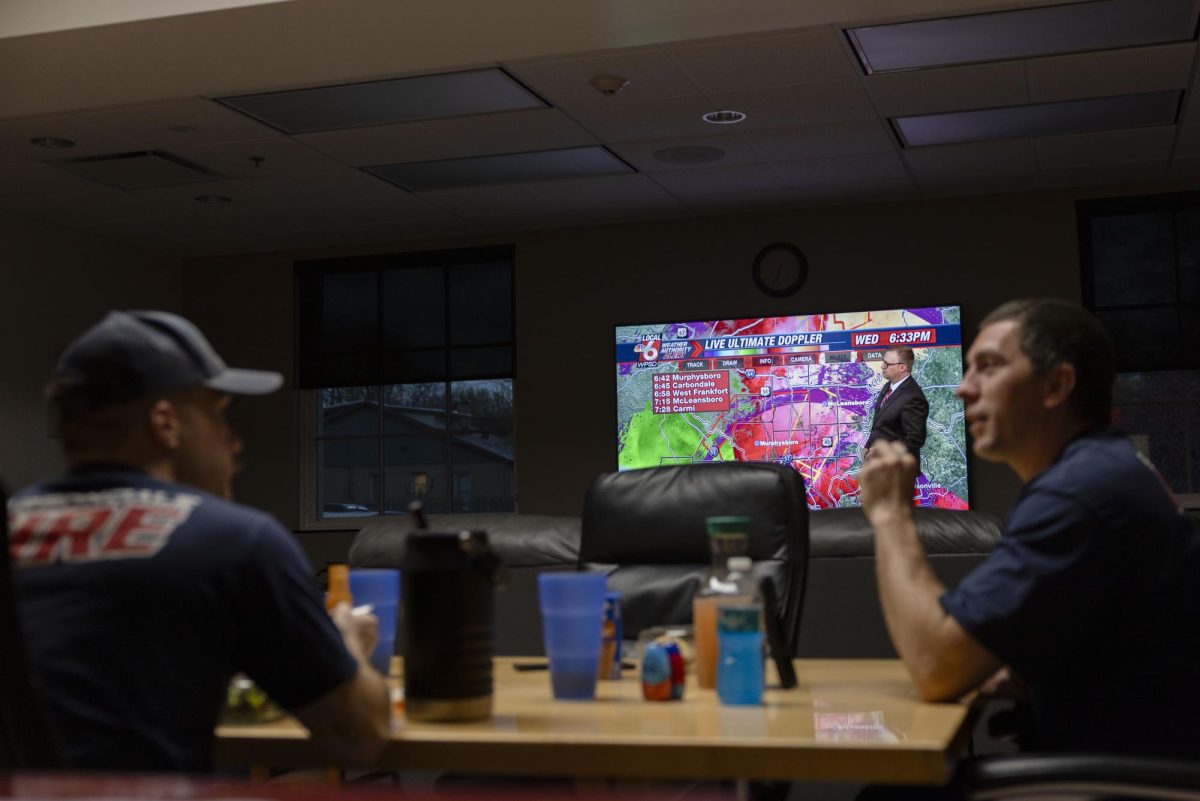Sleep-themed exhibit showcases cross-departmental work
November 9, 2017
Starting Friday, members of the campus community will have a chance to see an exhibit they previously could’ve only dreamed of — an exhibit devoted entirely to sleep.
The Art of Sleep showcase will be displayed in the cinema and photography gallery and the front display of the Communications Building from Nov. 10 to Jan. 30.
The exhibit will open with an artist reception from 5 to 7 p.m. on Nov. 10. It will showcase work from 10 graduate and undergraduate students as well as faculty members who come from different departments on campus.
Advertisement
Work from the psychology, microbiology, communication studies and cinema and photography departments are involved in the exhibit.
Associate professor of cinema and photography Robert Sphar is curating the exhibit, and said it’s centered around the psychological, philosophical, literary, medical and aesthetic aspects of sleep.
Sphar said his idea for the exhibit came to him after assigning the book “24/7: Late Capitalism and the Ends of Sleep” to incoming freshmen in the cinema and photography program.
“It’s all about how capitalism tries to profit from keeping us awake with energy drinks and put us to sleep with sleep aids,” Sphar said. “It’s like your private time that is getting shrunk … You sleep less and less.”
Sleep is a private time, Sphar said, but it is being eaten away by distractions.
“Two generations ago, we slept 10 hours, one generation ago it was six hours a night, and now we’re approaching four to five hours a night,” Sphar said, citing the book.
This fall, Sphar said he was working with associate professor of microbiology Scott Hamilton-Brehm on a proposed honors class called Creative Critical Thinking: Between Art and Science.
Advertisement*
“Because I was doing this honors class and this book, I was like ‘Wow! Everyone deals with sleep differently. We need to do an interdisciplinary show,’” Sphar said.
Stephanie Clancy Dollinger, an associate professor of brain and cognitive sciences, entered a poster in the exhibit that shows research examining college students, older adults and patients with obstructive sleep apnea.
Dollinger said the message of her work is that sleep is vital for the brain to function and having high quality sleep is becoming a struggle for many people, especially college students.
College students’ lack of sleep has been found to lead to depression and memory problems, Dollinger said.
Brehm’s piece in the exhibit describes his research on sleeping microbes and a collection of rocks.
“It might seem that microbiology has no place under sleep,” Brehm said. “But I was thinking of, there are states in which microbes go into states we call sleep states or dormant stages.”
His research is on deep subsurface microbes and how they’ve been resting as many as three miles deep underground for eons.
Brehm said there is a lot of important information to evaluate with sleeping microbes that could lead researchers to colonize other planets and moons.
Planets could be seeded with life if these microbes are planted on meteorites and asteroids, Brehm said.
“Life doesn’t have to originate on Earth, it doesn’t have to originate on Mars,” Brehm said. “Other solar systems and other galaxies can become contaminated with life by arriving on a rollercoaster ride of a meteorite landing on another planet.”
Gavin Glass, a sophomore from Peoria studying cinema and photography, entered his work showing a series of pictures depicting college students experiencing sleep.
The three picture series shows a couple sleeping in different settings. Glass said he hopes the photos make the viewer question why the two chose to sleep in various places.
He said there are two perspectives of sleep: the perspective of the sleeper and the perspective of the person watching the sleeper.
“When you mention sleep, do people think of dreams, or do they just think of falling asleep and waking up eight hours later?” Glass said.
Glass said the exhibit will be interesting because the placement of each work can affect the viewer’s interpretation of each exhibit.
“Everything in the gallery will sort of work together, even though they’ll all be extremely different,” Glass said.
Staff writer Amelia Blakely can be reached at ablakely@dailyegyptian.com or on Twitter @AmeilaBlakely.
To stay up to date with all your southern Illinois news, follow the Daily Egyptian on Facebook and Twitter.
Advertisement









